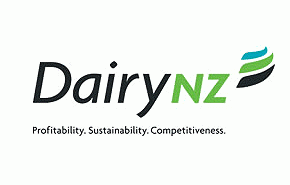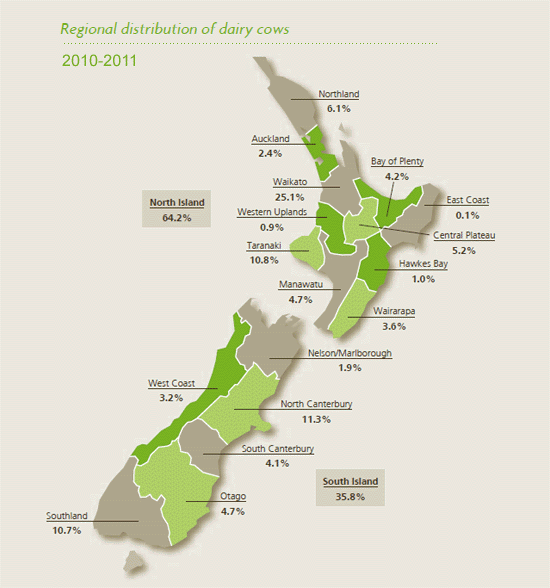
[The following content has been supplied by Dairy NZ]
DairyNZ will recognise the significant contribution of Southland dairy farmers at its annual general meeting in Invercargill today.
DairyNZ chief executive Tim Mackle says latest figures estimate that dairy contributes 8% of Southland’s gross domestic product (GDP).
“The average herd in Southland produces 215,000 kilograms of milksolids from 560 cows. This means average annual revenue from milk production is more than $1.2 million per farm,” says Tim Mackle.
“At least half of that money is being spent on farm working expenses and circulating through the local economy.”
The number of cows milked in Southland has surpassed Taranaki for the first time. The 506,000 dairy cows account for 11.5% of New Zealand's milk production which was at a record high of 1.7 billion kilograms milksolids in the year ended 31 May 2012 – up 11.3% from last year. As a result New Zealand dairy export earnings increased to $12.5 billion.
Tim Mackle says Southland and the South Island as a whole is an important region for dairy farming.
“About 37% of the country’s milking dairy cows are located in the South Island which produce 39 percent (658 billion kilograms) of the country’s milk production,” he says.
“Southland-Otago is one of the areas showing the most growth and we have recognised this by putting extra resources into this area.”
More DairyNZ staff have been committed to the Southland-Otago region, research projects have been set up to tackle issues specific to the area, and extra support provided to help farmers with sustainability.
The Southern Wintering Project is an example of how DairyNZ is working with farmers to help them tackle regional issues, says Tim Mackle.
“The four year project is aimed at identifying good practices across the range of existing and evolving wintering systems in Southland-Otago. This means whichever practices are adopted, they will work well financially and environmentally, and for people, feed supply and animals.”
“One of those catchments, Waituna Lagoon in Southland, has seen 40 farmers work towards reducing their environmental footprint by following a catchment action plan, created in mid-2011. DairyNZ helped create the plans and supported farmers in completing the actions,” he says.
“In June 2012 Environment Southland reported a stabilisation in the lagoon’s water quality over the summer months when previously it had been on the decline.”





We welcome your comments below. If you are not already registered, please register to comment.
Remember we welcome robust, respectful and insightful debate. We don't welcome abusive or defamatory comments and will de-register those repeatedly making such comments. Our current comment policy is here.